
Knowledge: Leather finish
Leather finish:The look of leather changes with the finish
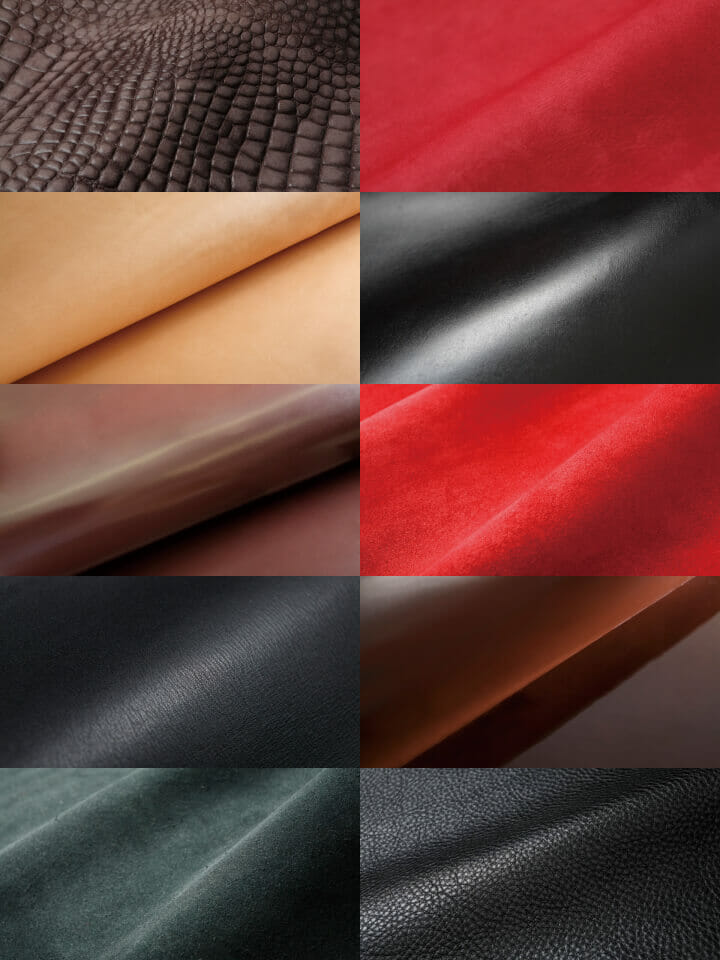
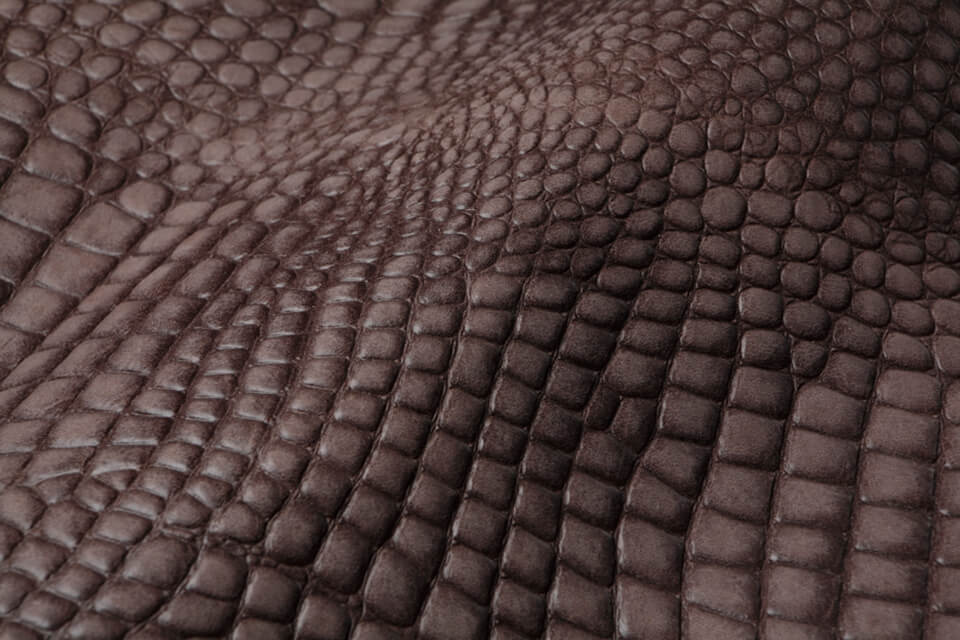
Embossing
A method of making irregularities on the surface of leather with a high-temperature and high-pressure press. Unlike natural wrinkles, you can freely transfer your favorite patterns. Used for shoes, bags, cases, clothing, etc.
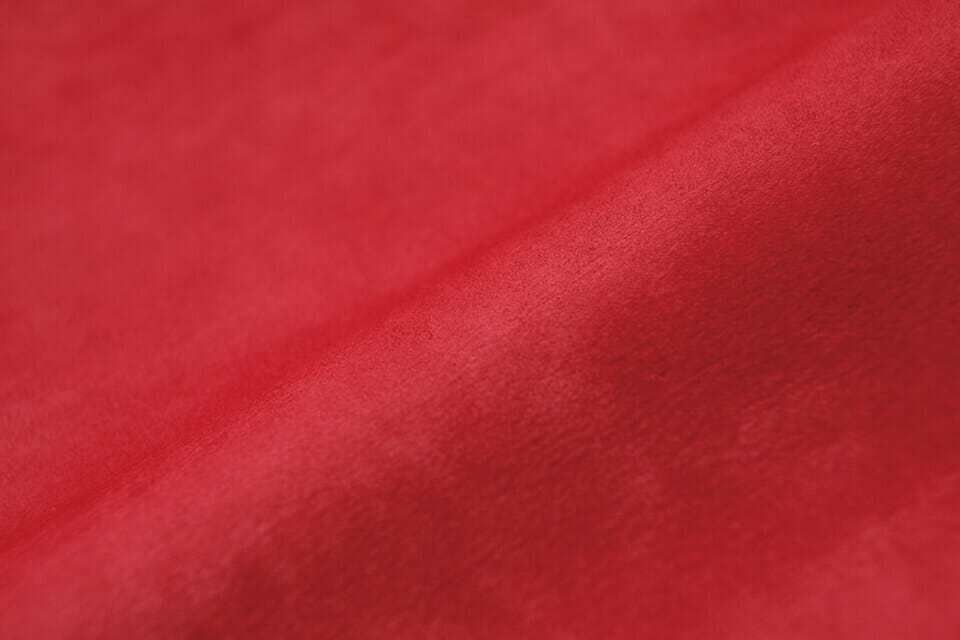
Nubuck
Unlike suede and velor, nubuck leather is brushed on the grain side. Since the delicate grain surface is treated, the slight nap of short fibers is very fine and you can enjoy the delicate texture.
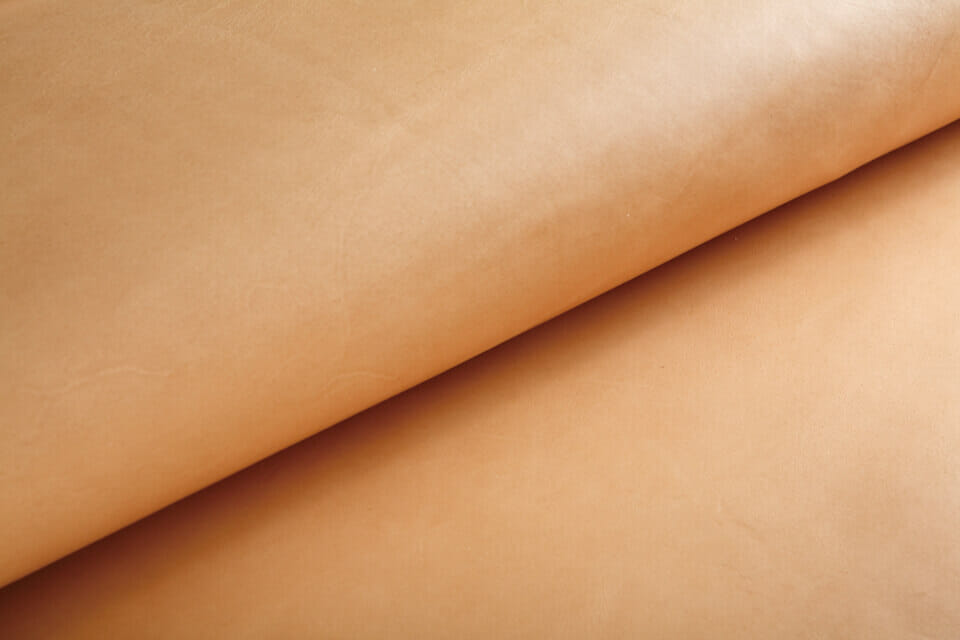
Vegetable tanned leather
Also called "bare finish", the vegetable tanned leather is undyed. The color ranges from off-white to light beige. In a broader categorization, it may include dyed bare finished products.
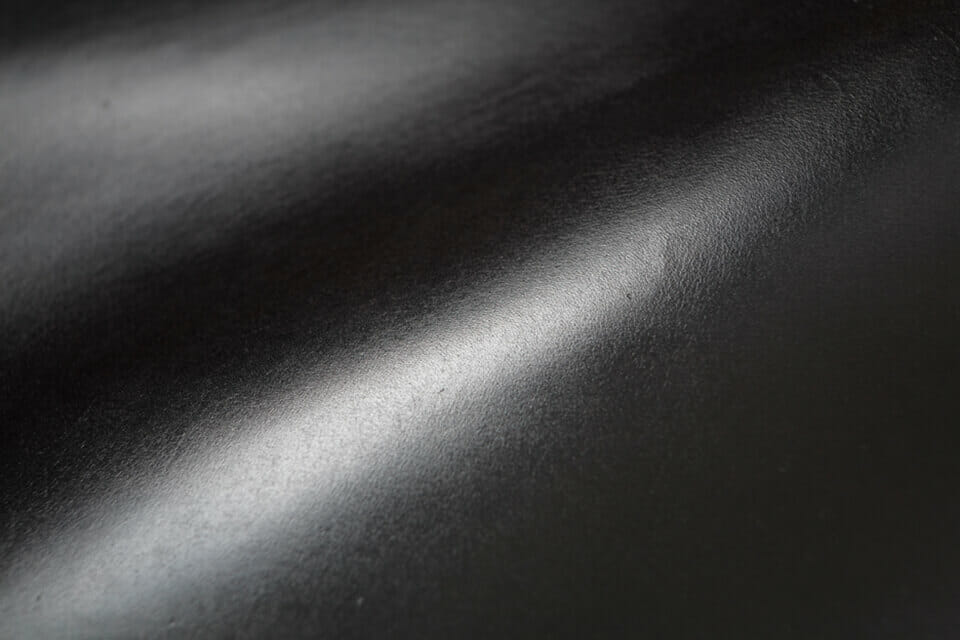
Oil leather
Reinforced leather with water repellency and toughness given by wax and oil. Oil leather is one of them, and it is made water resistant and flexible by adding a large amount of oil to the leather.
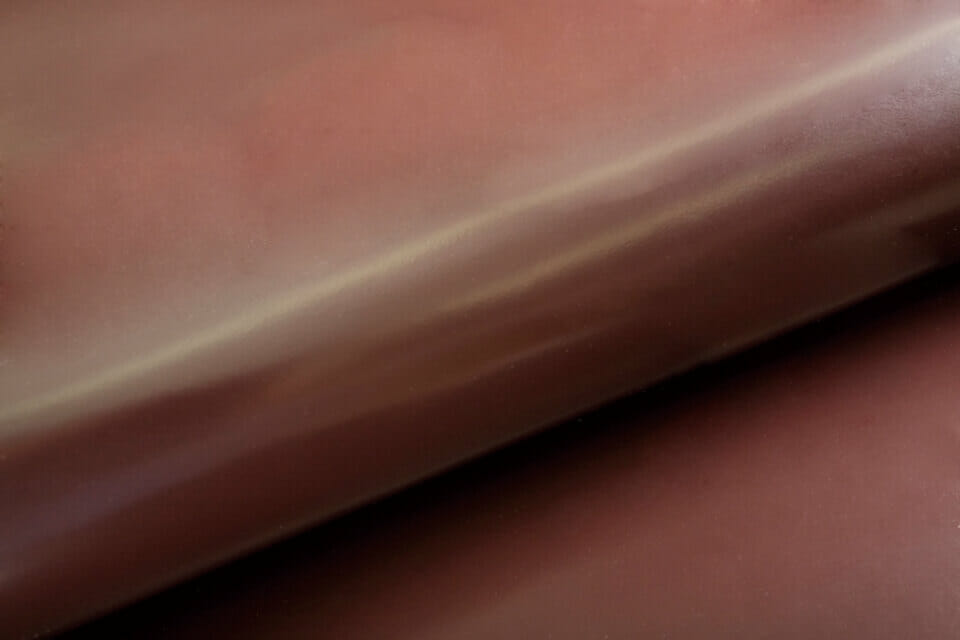
Corrected grain leather
After chrome tanning, it is attached to a glass plate or enamel plate and dried, the grain surface is sanded, and resin is sprayed to smooth the surface. Adult cow leather is often used.
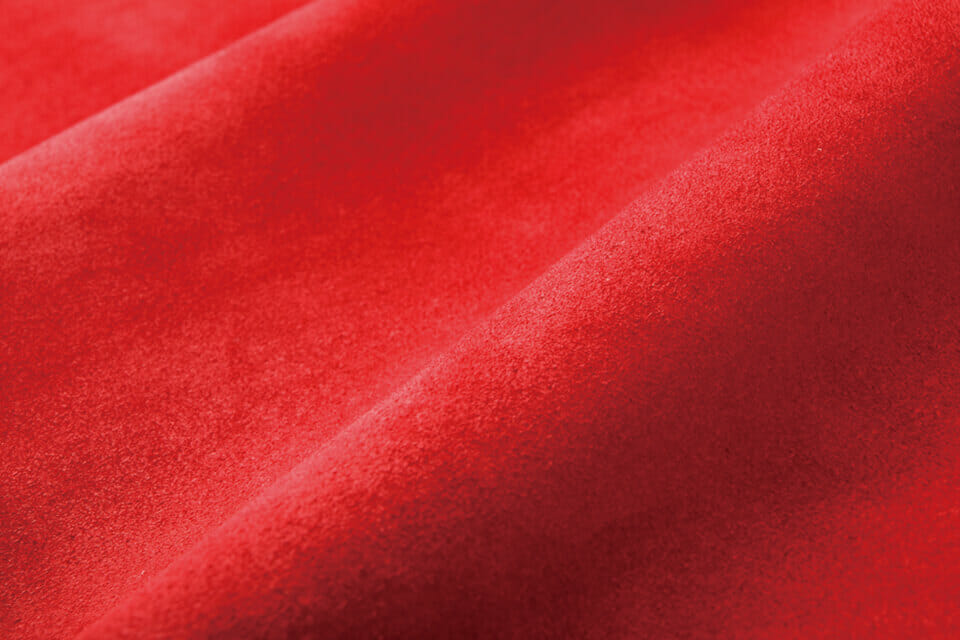
Suede
Leather with a short brushed finish made by sanding the split grain surface, which is the back side of the leather, with sandpaper. Mainly made from calf and goat leather. Among them, silky suede is
prized as a luxury item.

Boarded leather
Leather that has been textured by rubbing the grain of the leather with your hands or a machine. Depending on the direction of boarding, it is called "willow grain leather", "box grain leather", "scotch grain leather", etc.
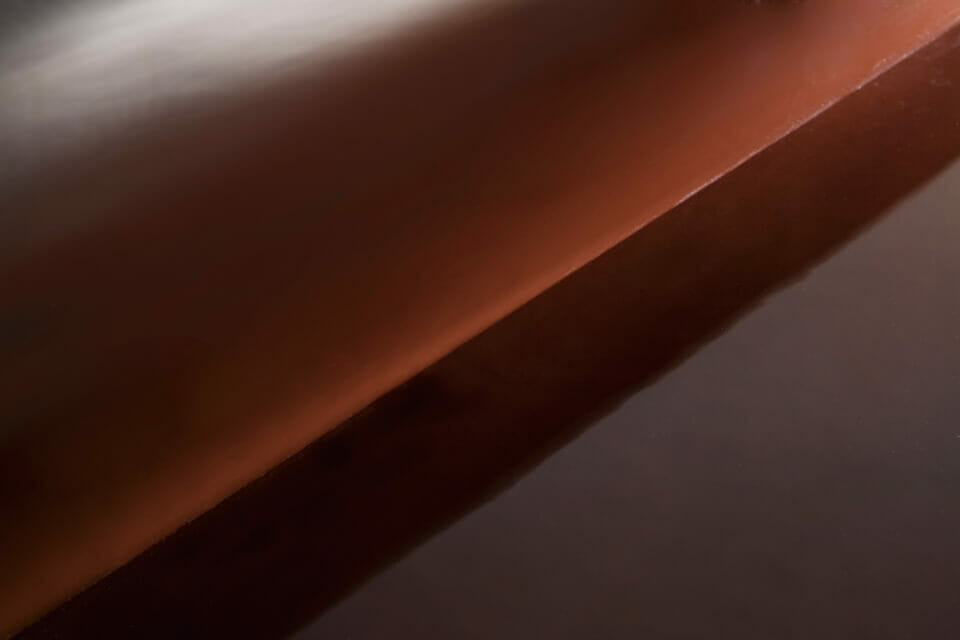
Patent leather
Leather that has a strong glossy film on the surface of the leather by repeatedly applying linseed oil or varnish to the grain surface and drying it. Currently, urethane resin may be used to create the glossy film.
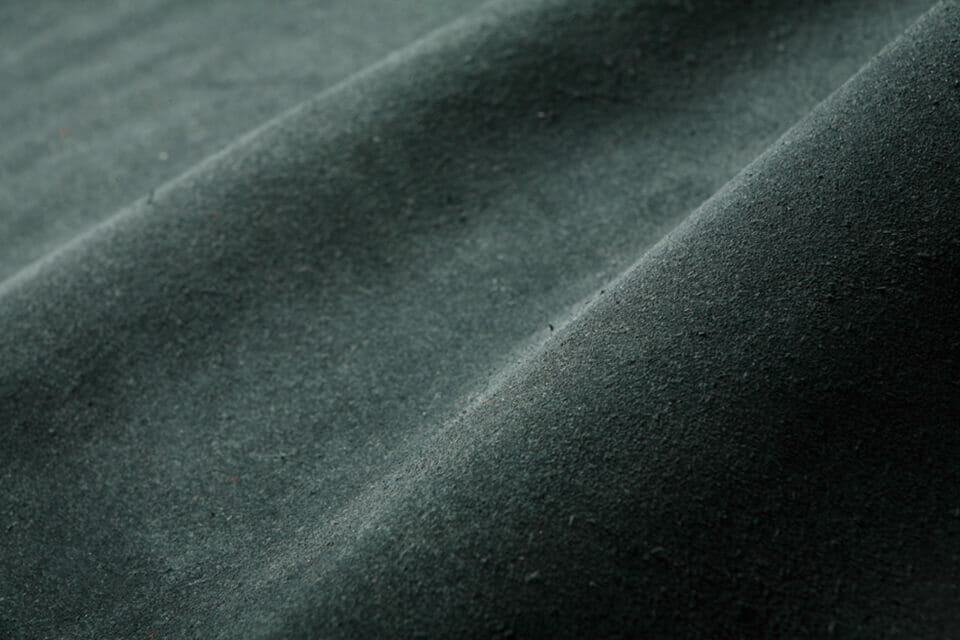
Velor
Like suede, the split grain surface is sanded, but the nap of the fibers is longer. Most of the raw hides used are those of large animals with coarse fibers such as adult cows.

Shrink
The grain surface of the leather is shrunk by heat or chemicals during the tanning process to create artificial grains. When it shrinks, it becomes softer, and the grains make the scratches less noticeable.